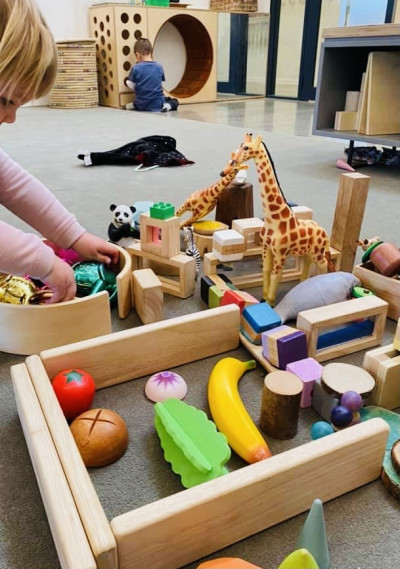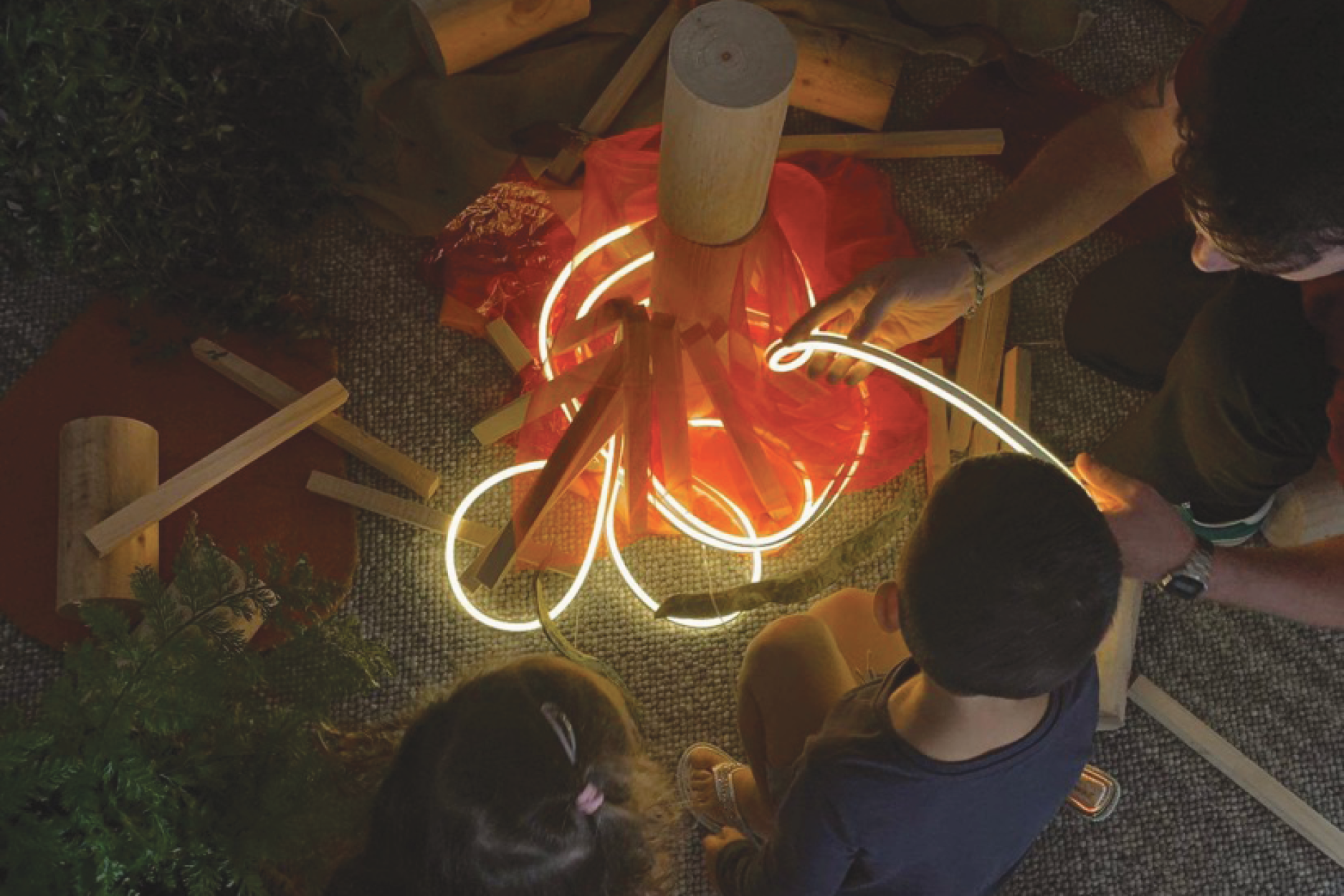
Campfire provocation at New Shoots Children’s Centre, Hillcrest.
“Every candle ever lit; every home, bridge, city or cathedral ever built; every act of human kindness, discovery, daring, artistry or advancement started first in someone’s imagination and worked its way out.” Gill Atkinson
What is it about building a tower out of bricks, taking it apart, and putting it back together that brings children so much joy? In the early years, children are drawn to ‘Constructive Play’ because it’s open-ended, creative, and satisfying. They can discover, explore, investigate, and learn to share as their fort, castle, car park, farm, or house rises from the floor. The other good news? It’s relatively easy and inexpensive to set up a construction and building area for children in your early years environment that is packed with learning experiences.
What is Constructive Play?
‘Constructive Play’ is the process that occurs when children build or create something new. The term was coined by Jean Piaget, an early childhood advocate interested in discovering the learning habits of children. Piaget claims that before children get to the constructive play stage, they have to pass through a prior stage known as functional play. In other words, before children begin to construct, they would have extensively explored their play materials to have an idea of how to effectively use them.
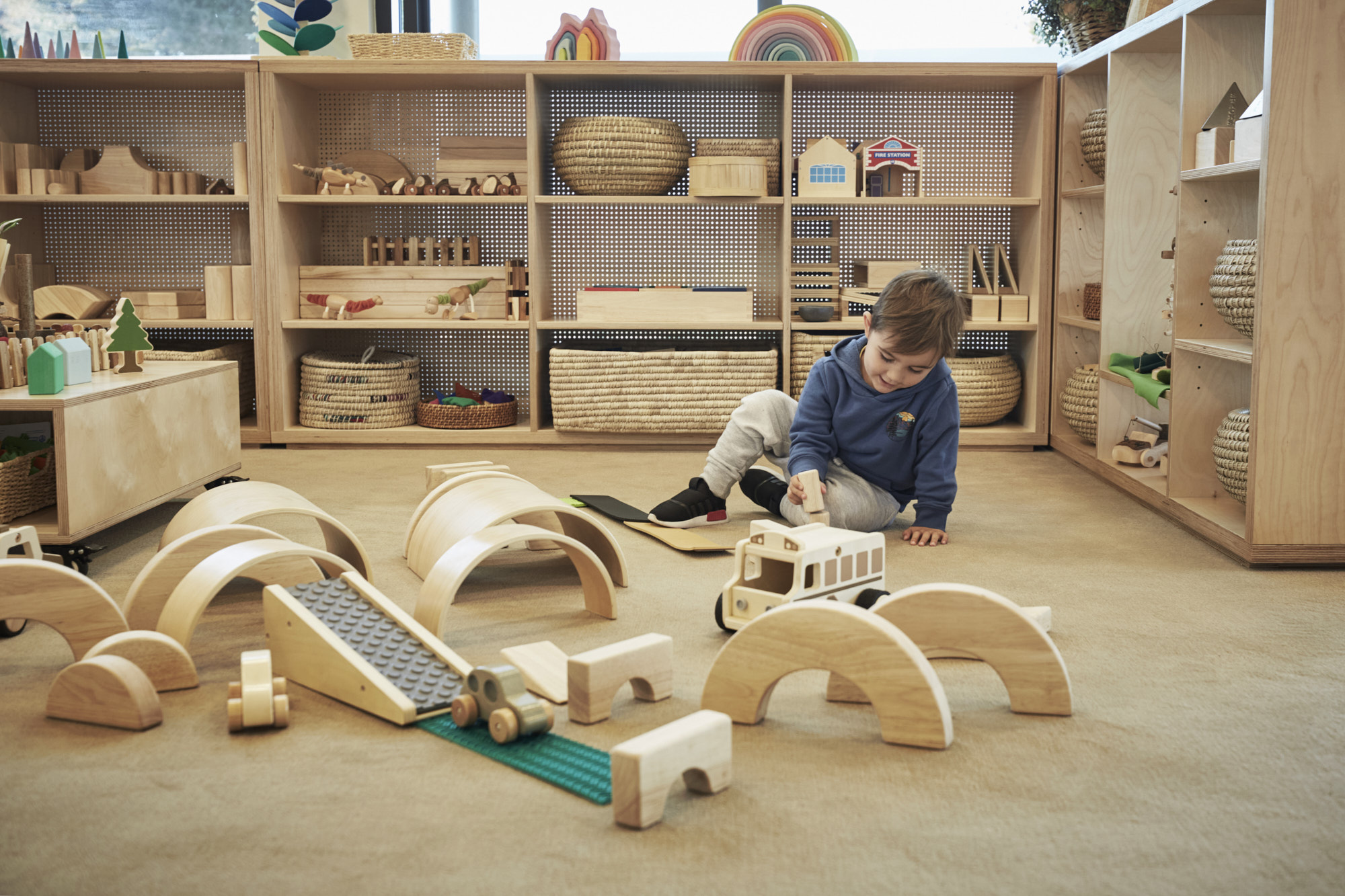
New Shoots Children’s Centre, Bayfair. Image photographed by Amanda Aitken Photography.
Children follow their own journey through a voyage of discovery
Constructive Play opportunities give children the freedom to choose their own creative path of play. A play environment with a range of buildable items offers levels of complexity with no specific set purpose or limitations, which invites a child to use all of their imagination. Guiding children to think creatively supports their brain to look beyond a one-directional thought pattern, into a variety of solutions. This kind of creative thinking is a valuable life skill that provides our children with endless opportunities.
When children engage in this way of playing, they will start to ask themselves the question 'what if?' - an indication they are challenging themselves. Children discover what will and won’t work, and challenge the process through trial and error, modifying and adjusting how they construct and build. They gain a sense of pride, joy, and accomplishment as they overcome problems to build structures.
Constructive Play is proven to make a difference to the way children think and complete tasks:
- While building, children problem-solve, connect socially, understand, and are inquisitive. They discover the characteristics of different materials as they engage their curiosity and imagination, experiment with applying concepts, and explore new ways to use physical materials.
- Children discover the concept of structures - man-made and natural - both the ‘how’ (engineering and constructing) and the ‘why’ (the purpose of structures).
- Children are able to manipulate the environment in any way they want, as they use materials to create a bigger model from smaller ones.
- It offers whole-body development for young children as they move, crawl, stretch, walk, and develop gross motor skills, as well as refine fine motor skills as they move and connect smaller pieces. Hand-eye coordination and visual and spatial awareness are also enhanced.
- As a child builds, their eyes send visual information to the brain to tell it where the hand is placed and if it is legible. Using this information, the brain generates instructions for how the hand has to move in order to create appropriate shapes. These skills are essential in early years development and form the foundations for things like writing and mathematical understanding.
- Children gain immense satisfaction and feelings of achievement as they build, developing their confidence and sense of independence.
Children are encouraged to collaborate and work as a team
Building and constructing is a great opportunity for young children to work together, develop how they socialise, make effective contributions, and gain confidence. Through a child's active participation and involvement, they’re given the chance to test and challenge their ideas, improve their language and literacy skills, as well as mathematical, social, and emotional skills.
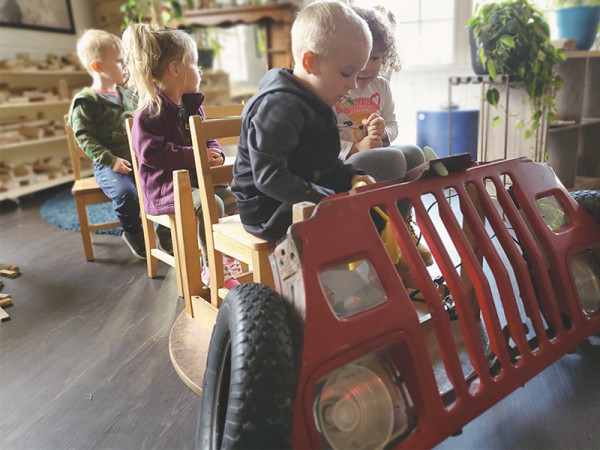
Collaborative constructive play at Kid’s Country Green, Ohio. Photo by Kelsey Shackelford.
What resources could I include in a Constructive Play area?
The options are endless! Create a space with a mix of construction/building sets (we’ve got loads in our online shop, including Tree Blocks, PowerClix, and stacking Rainbows), bits and bobs from your local second-hand store, and natural items.
Many of the best resources to complement a constructive play area are open-ended and often classed as ‘junk’. For example:
- Tubes – a great construction material to insert into one another, cut, rip, paint, colour, and stick.
- Logs or tree slabs – stack and pile to create amazing structures to add a sensory element.
- Stones – some educators may consider this element a health and safety risk, but with adult supervision, stones can be a fantastic resource.
- Twigs and sticks – connect children with nature by adding a different texture, dimension, and height to the buildings created.
- Crates and planks of wood – the perfect addition to outdoor construction to develop teamwork and shared thinking.
- Boxes of all shapes and sizes add depth and dimension.
- Building samples and off-cuts - carpet or flooring tiles, cabinet samples, acrylic pieces, etc.
When it comes to looking for resources or materials that inspire constructive play, keep an eye out for items that will bring out your children’s inner artist!
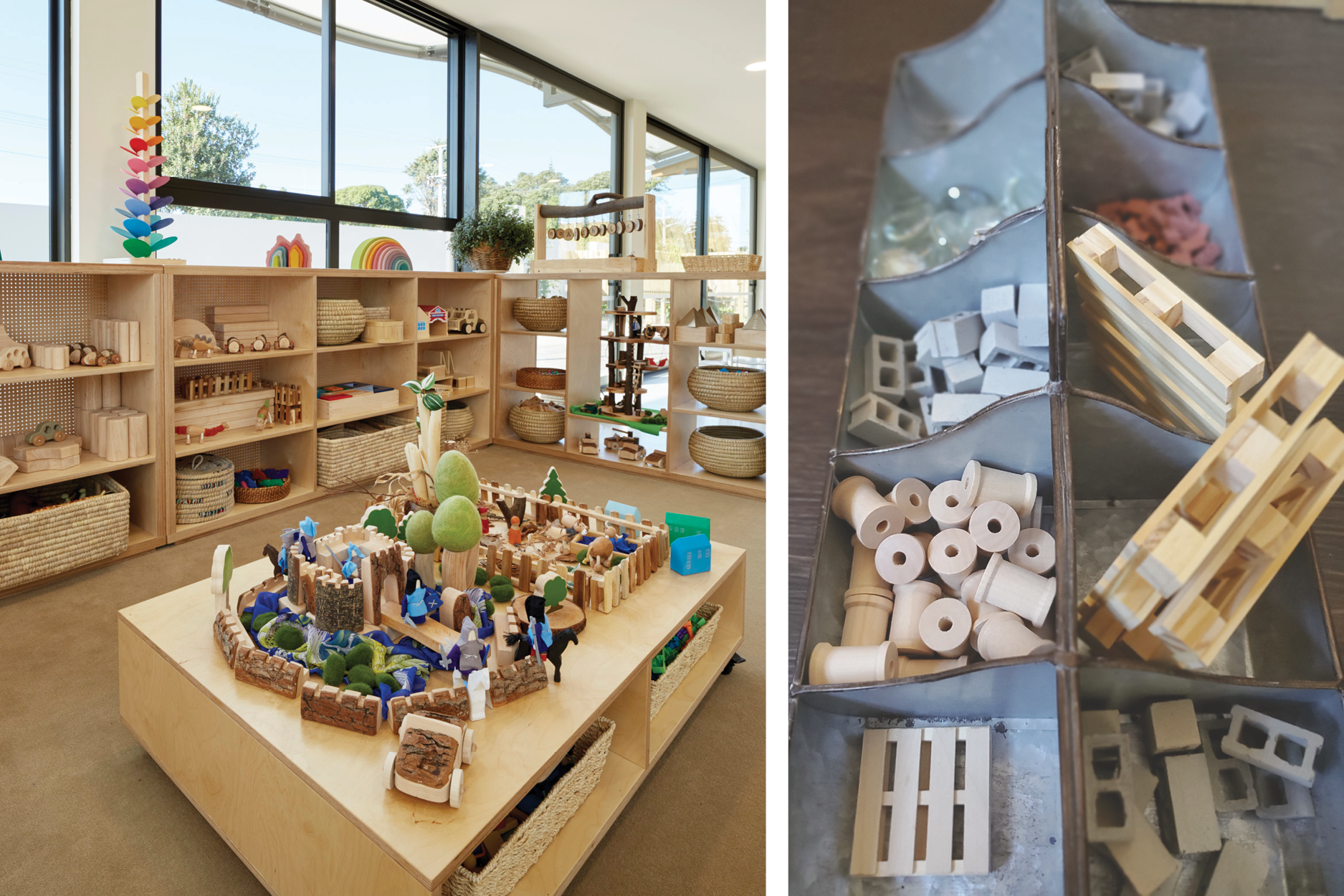
It is all about how the resources are stored and sorted so that they are accessible to children and tso they can easily navigate back to them when needed. Image Left - New Shoots Children’s Centre, Bayfair. Photo Taken by Amanda Aitken Photography. Image Right - Kid’s Country Green, Ohio.
At Enspirement, we aim to unearth a multitude of ideas and inspirations to support you to create meaningful, engaging construction and block experiences for your children.
Explore the Enspires, discover the articles and blogs, and Source Constructive Play resources to support and extend your creative opportunities.
 Angela Foley
Angela Foley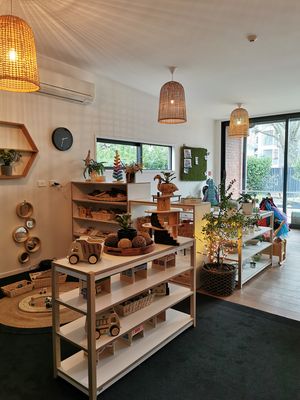
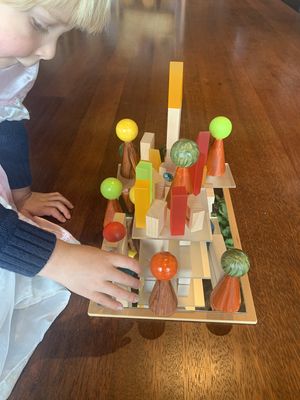
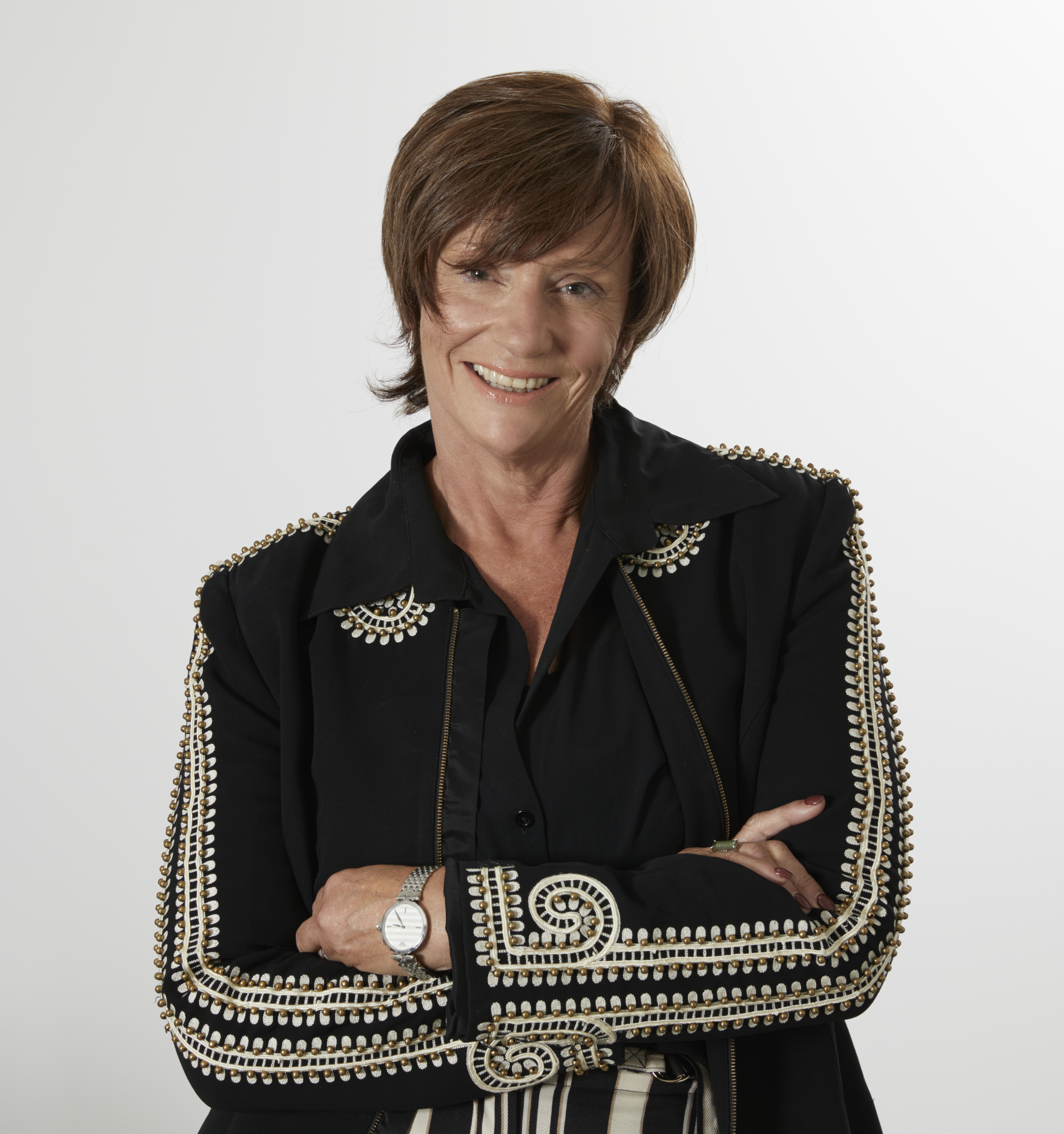 Michelle Pratt
Michelle Pratt